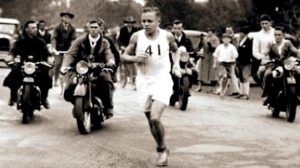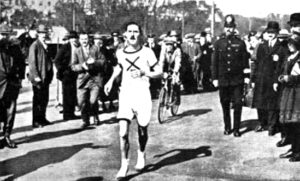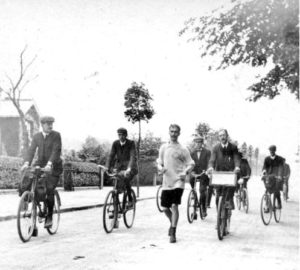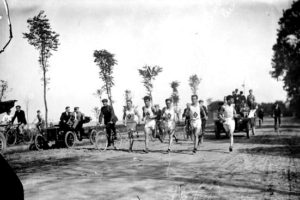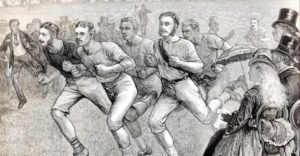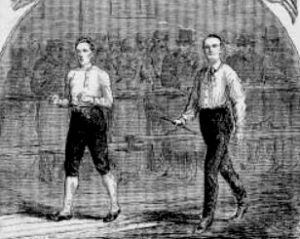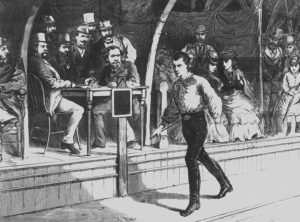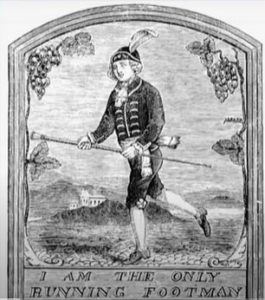Podcast: Play in new window | Download (Duration: 30:27 — 37.8MB)
Subscribe: Apple Podcasts | Spotify | Amazon Music | Android | Pandora | iHeartRadio | JioSaavn | Podcast Index | Email | TuneIn | RSS | More
By Davy Crockett
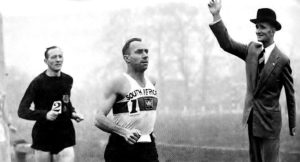

Ultrarunning, at other distances, also came to life again in South Africa when the Comrades Marathon (55 miles) was held again in 1946 and the Pieter Korkie 50 km was established in Germiston. In England, the London to Brighton running race (52 miles) was established in 1951, using the famed road used by walking and biking events for decades earlier. Ultrarunning was reawakening.
During the prewar decades, hundreds of successful 100-mile attempts and events were held. Would the 100-miler truly come back in the modern era of ultrarunning?
World War II formally concluded, but conflicts continued across the world. During the aftermath of the war, with evolving superpowers, the changing world map, and the resulting Cold War, it made it a difficult time for ultrarunning to emerge widely. But the running sport has always been resilient.


